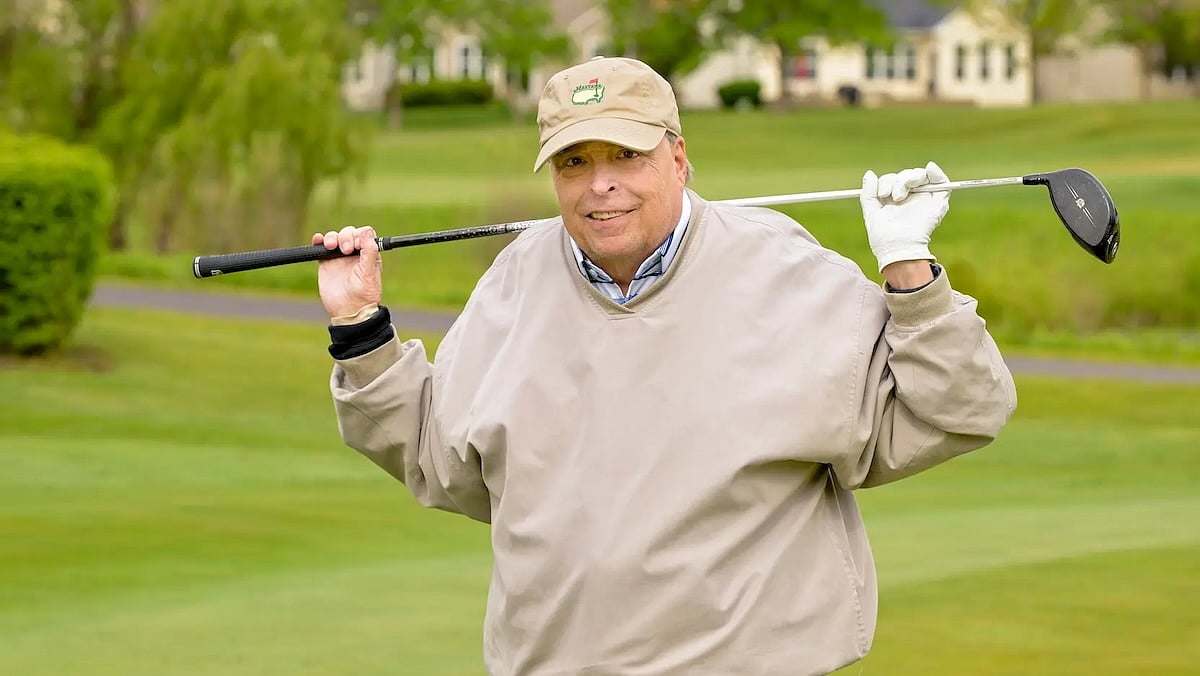Patient Resources
Get Healthy!
Smartphone-Controlled Nerve Stimulator Returns Golfer To The Links
- July 3, 2025
- Dennis Thompson
- HealthDay Reporter

Avid golfer Robert Knorr found he was no longer able to hit the links last year, due to neuropathy in his legs and feet.
The nerve pain got so bad that Knorr needed a cane — and sometimes a wheelchair — to get around.
But the 69-year-old retired oil company executive has traded that cane for his golf clubs, thanks to a spinal cord stimulator controlled by an app on his phone.
“All I do is turn it on, push a button that says ‘connect,’ and it connects with the battery in my back and I can control my pain,” Knorr, of Naperville, Ill., said in a news release. “I turn it up when I need it, and turn it down when I’m feeling fine.”
Spinal cord stimulators have been around for decades, and are often used to treat pain when other options fail, doctors said.
The technology has greatly improved in the past few years, allowing doctors to target specific sources of neuropathic pain.
The one recommended to Knorr was approved for use in late 2024, doctors said. It’s a battery-operated device about the size of an AirPods case, containing a small wire that sends electrical signals to the spinal cord.
Knorr’s device is implanted on one side of his back.
“It reprograms or scrambles some of those pain signals before they get to the brain, so the patient isn’t dealing with as much day-to-day pain,” Dr. Joshua Pan, the University of Chicago pain management expert who helped fit Knorr with his device.
Knorr had previously tried physical therapy and pain meds to manage his nerve pain, but none worked well enough. The drugs, which included opioids, made Knorr feel unpleasantly foggy.
That’s when Knorr’s neurologist referred him to Pan.
“There are different types of stimulation patterns they use now that can target different parts of the spinal cord,” Pan said.
Newer stimulators have an added feature called closed loop simulation that constantly monitors and self-adjusts the electric signals being sent to the spinal cord, Pan noted.
“The computer is constantly listening to what his spinal cord is doing, hundreds or thousands of times a second, just to make sure that it’s not giving too much electricity or too little electricity,” he said.
Pan thinks nerve stimulation devices should be considered to treat pain rather than resorting to opioids.
“It’s a good option before patients consider opioid therapy, which has a lot of side effects: it can be addictive, cause constipation and respiratory problems, and patients can develop tolerance to them,” Pan said.
Based on recent advances, the U.S. Food and Drug Administration (FDA) has approved the stimulators to treat more conditions, including Parkinson’s tremors, spinal disc bulges and spinal cord injuries, Pan said.
“There’s a lot of research going on,” he added. “We're still understanding the limits of spinal cord stimulation. I don't think we’ve even gotten to the peak of what we use for neuromodulation, or the use of electricity to reprogram nerves.”
For Knorr’s part, he gave the stimulator a trial run in January and was so pleased he scheduled a simple outpatient procedure to implant permanently it into his side.
He’s now back on the golf course and making plans for a family trip to Canada for a little hiking – something unimaginable just a year ago.
“Technology saved me,” Knorr said. “I’m back doing everything I ever wanted to.”
More information
The Cleveland Clinic has more on spinal cord stimulation.
SOURCE: University of Chicago, news release, June 30, 2025

